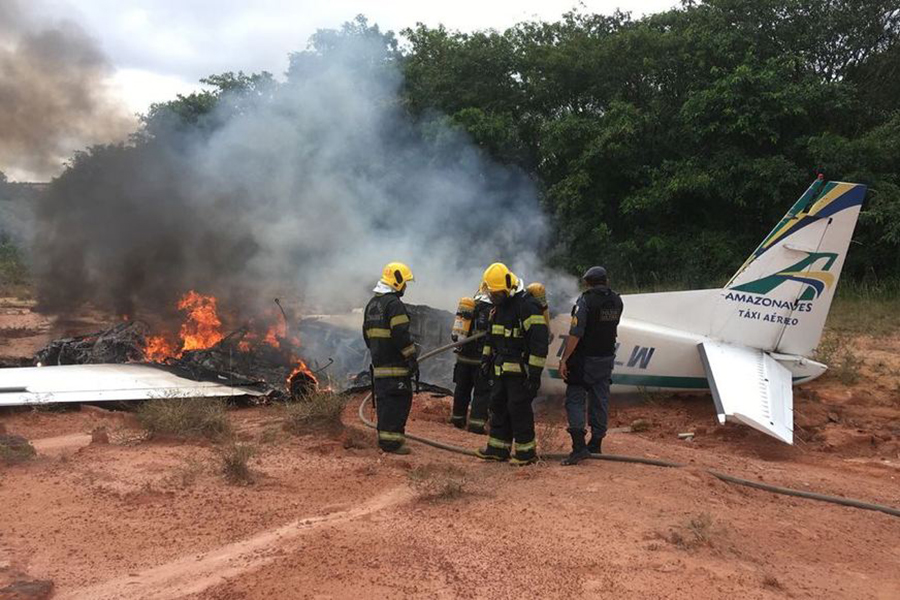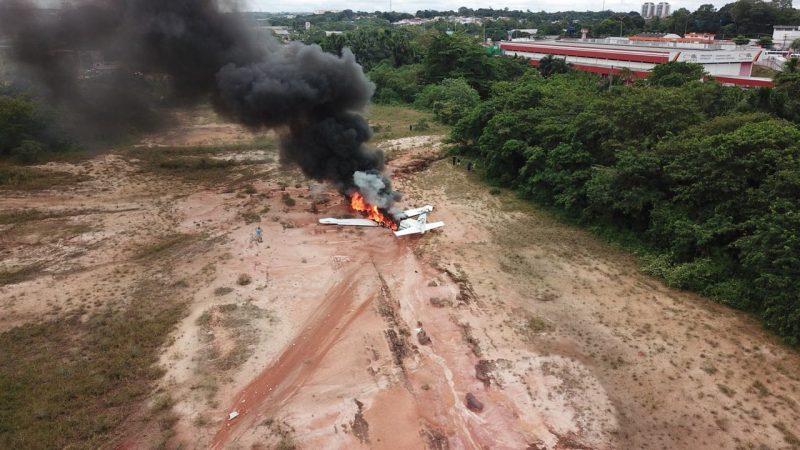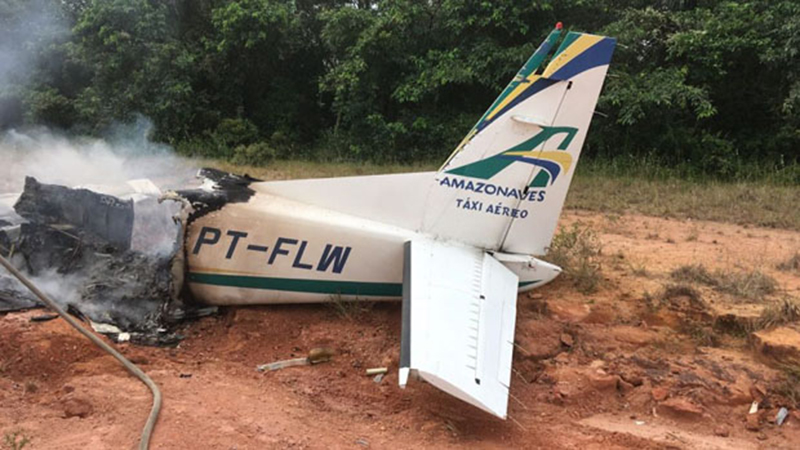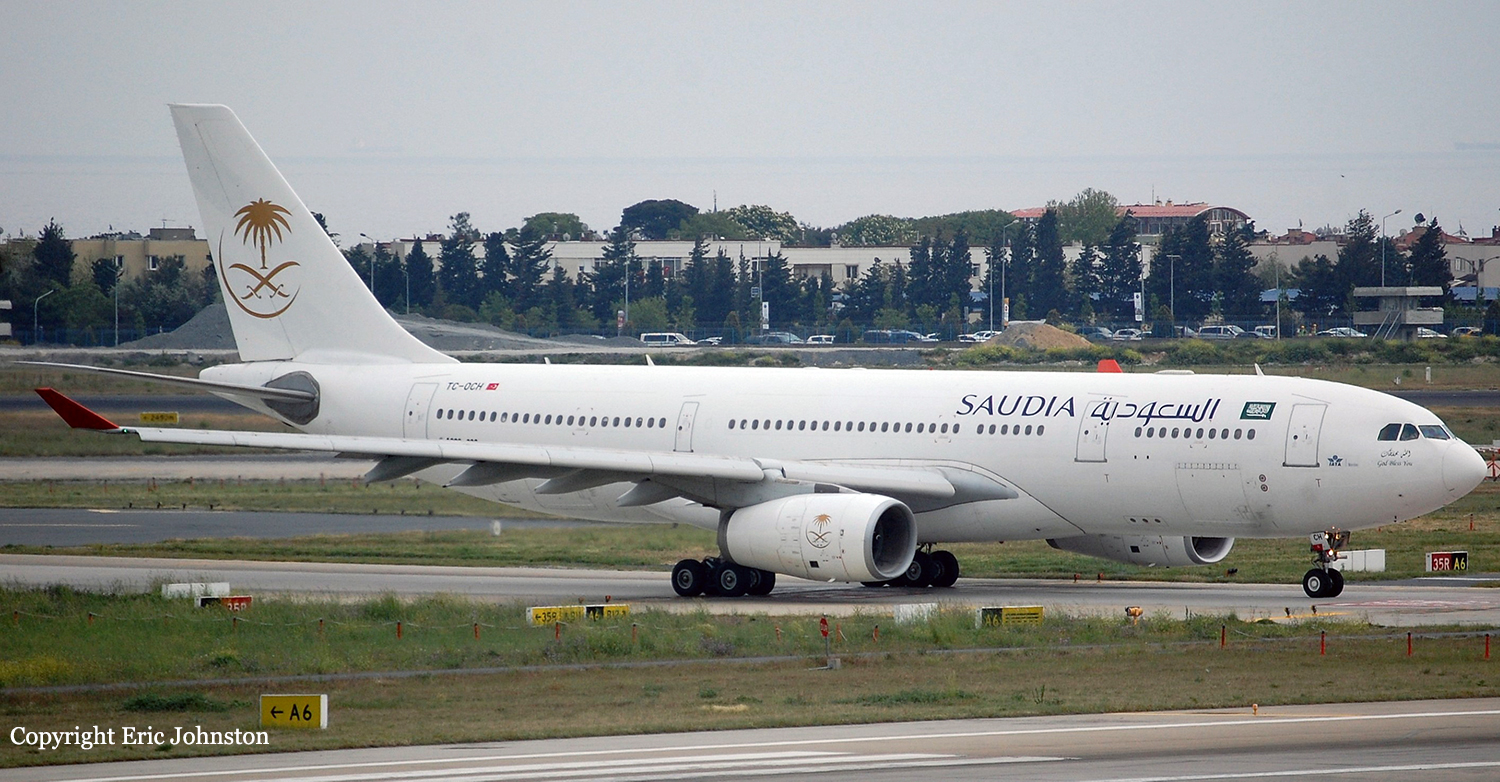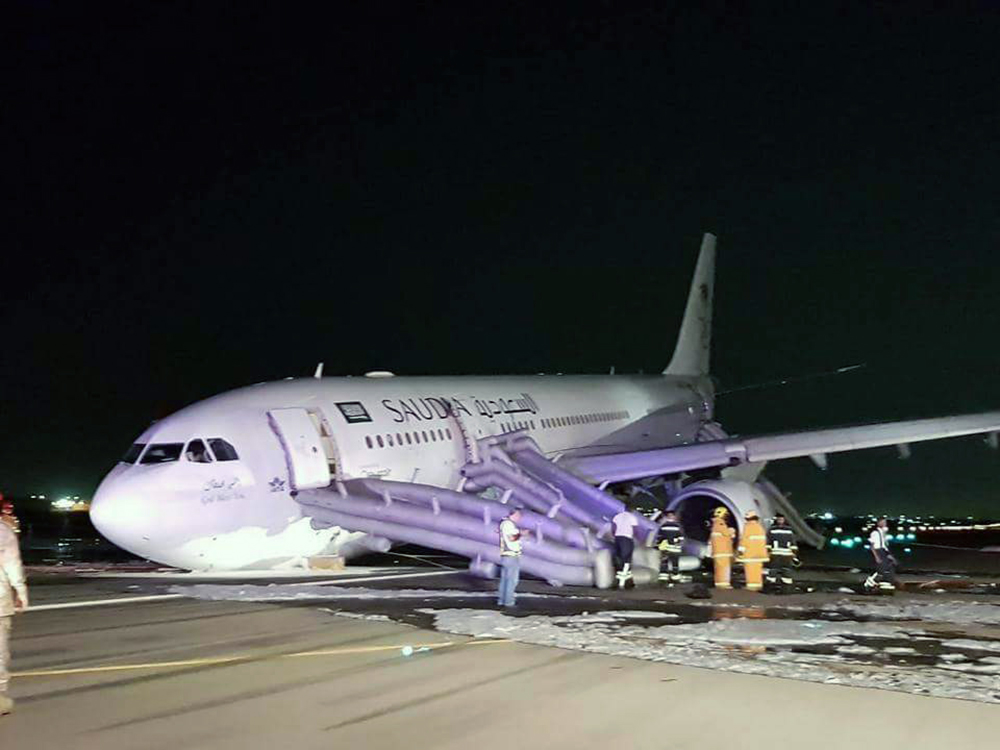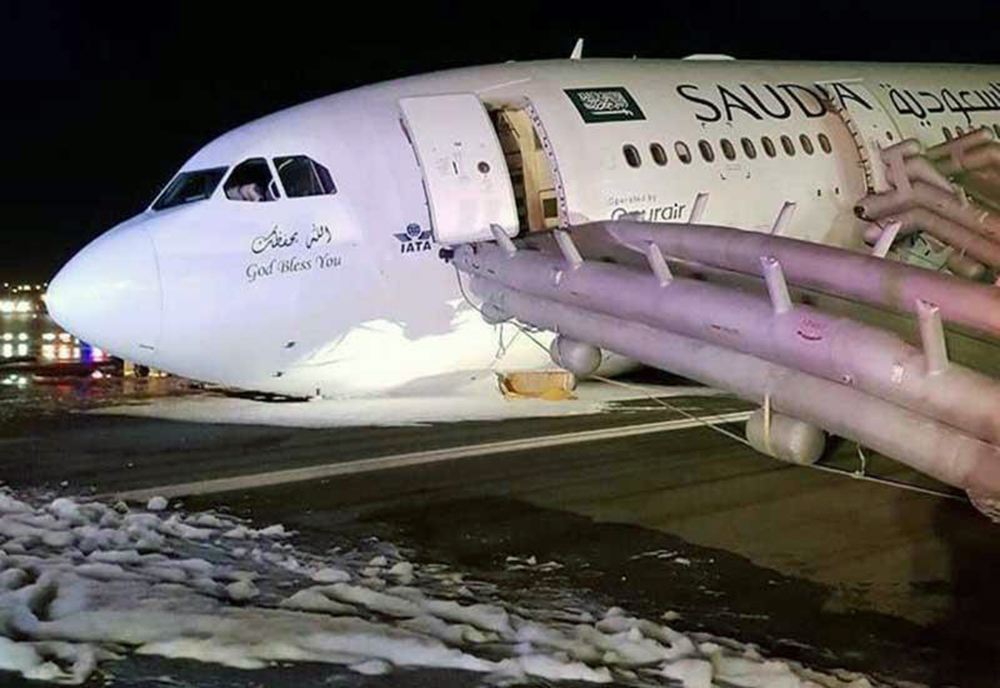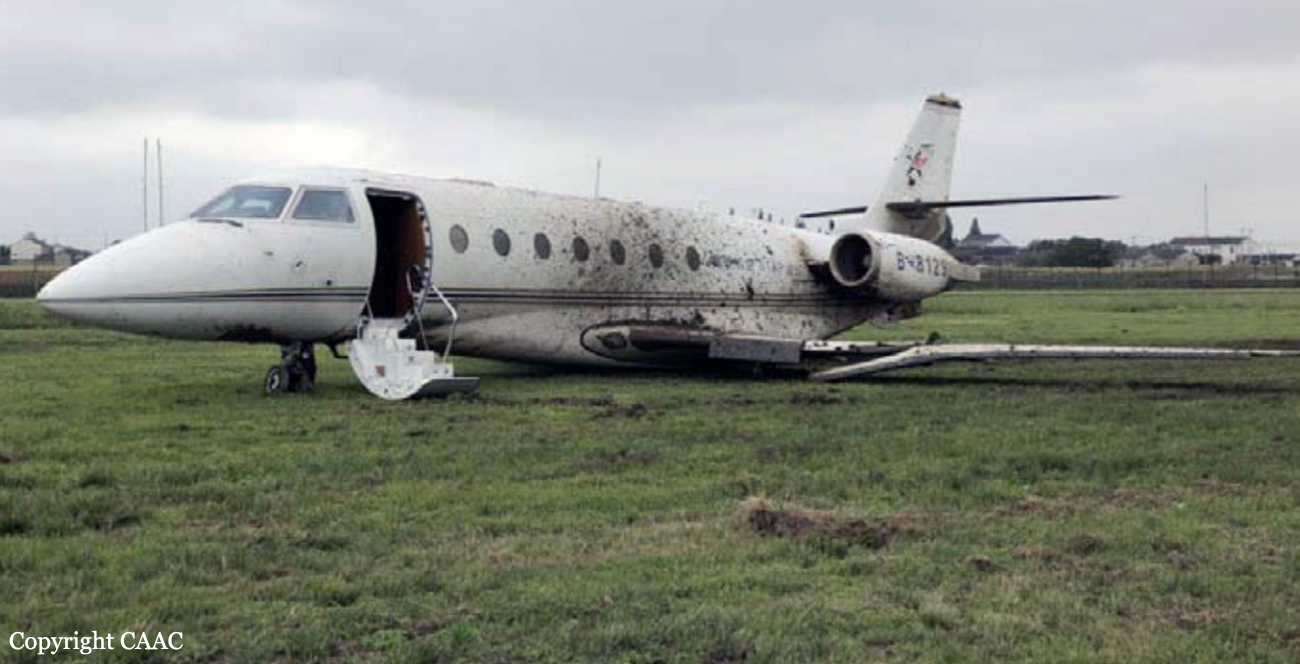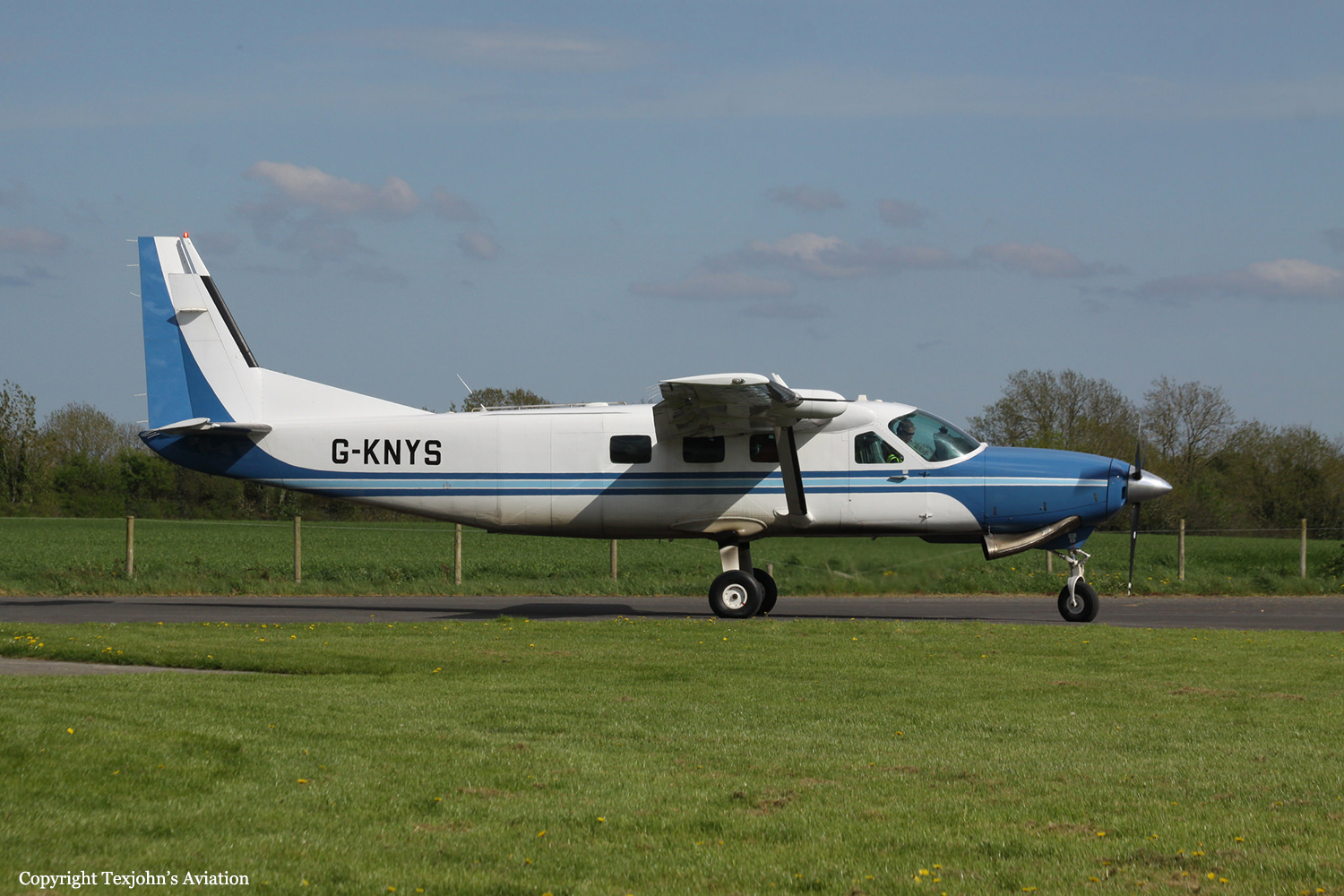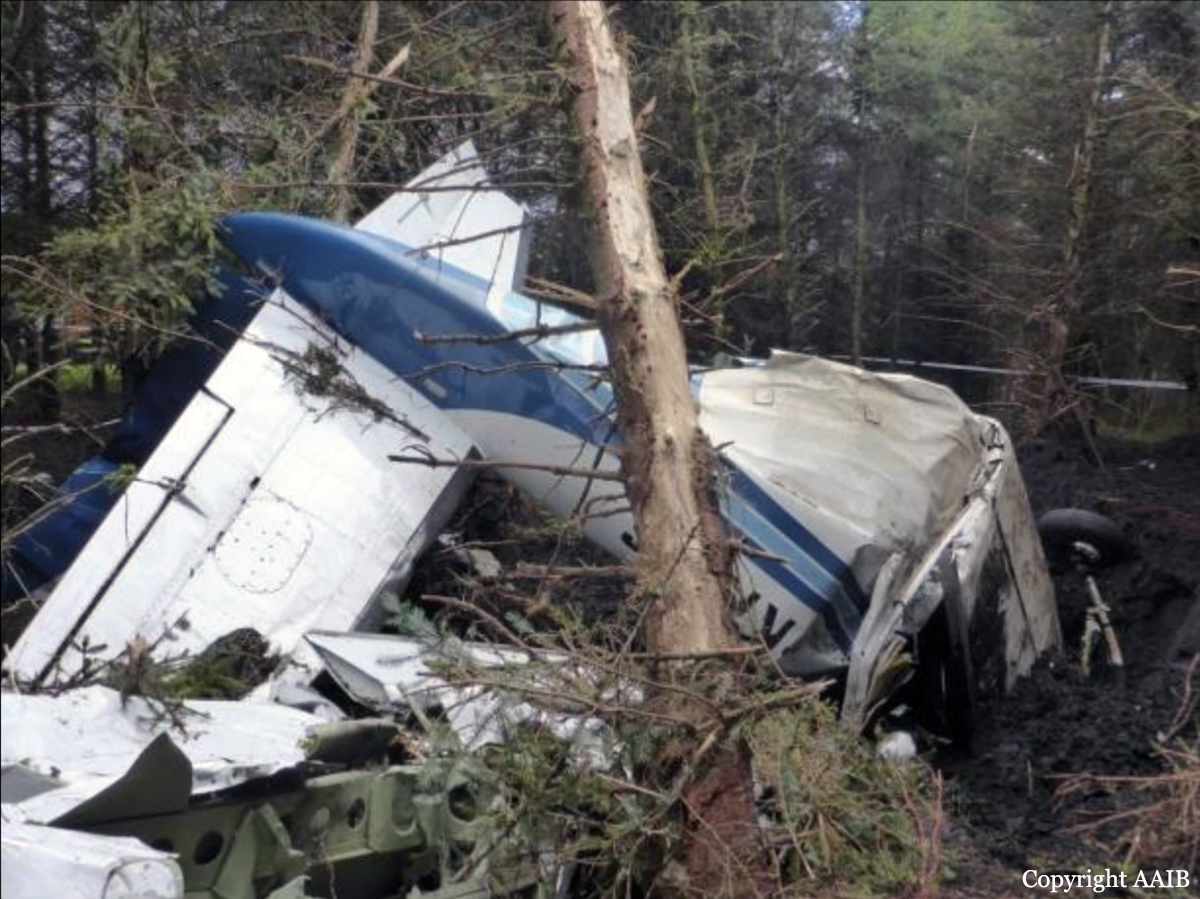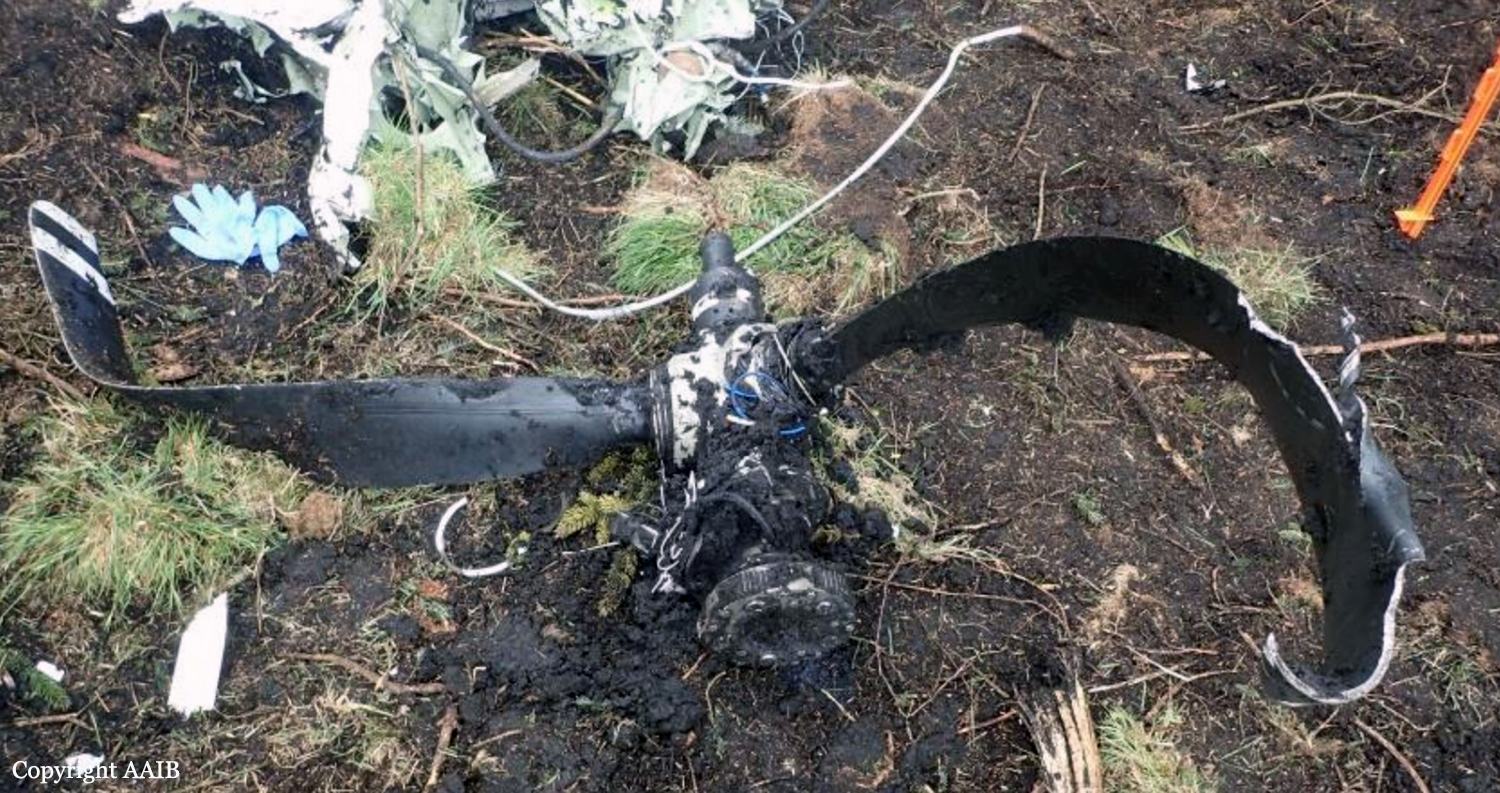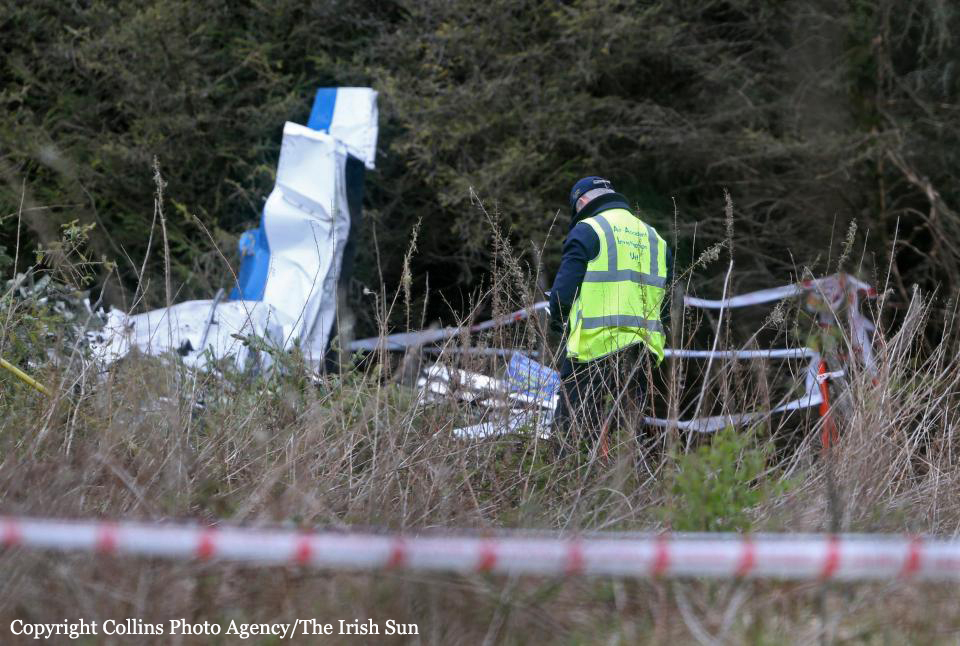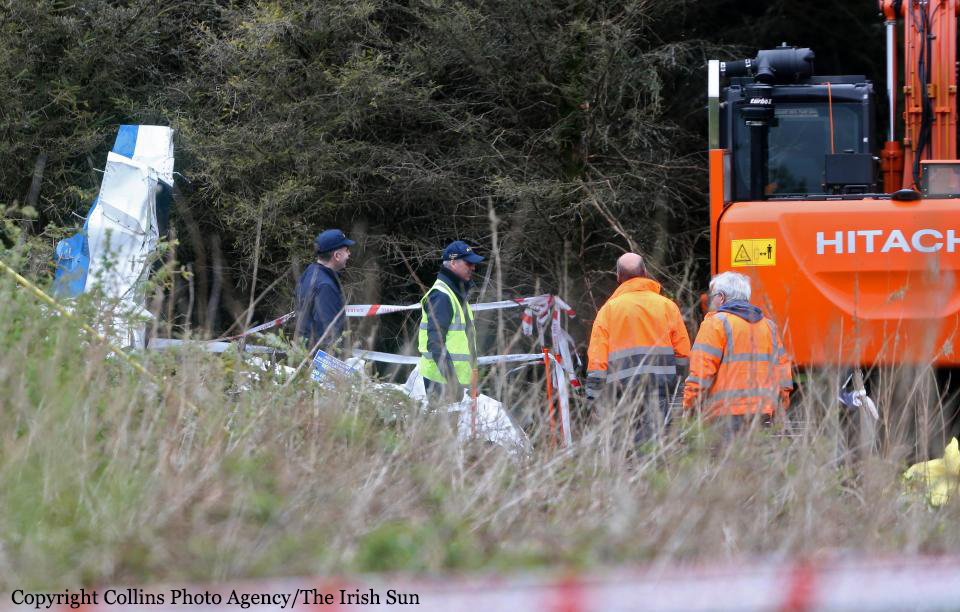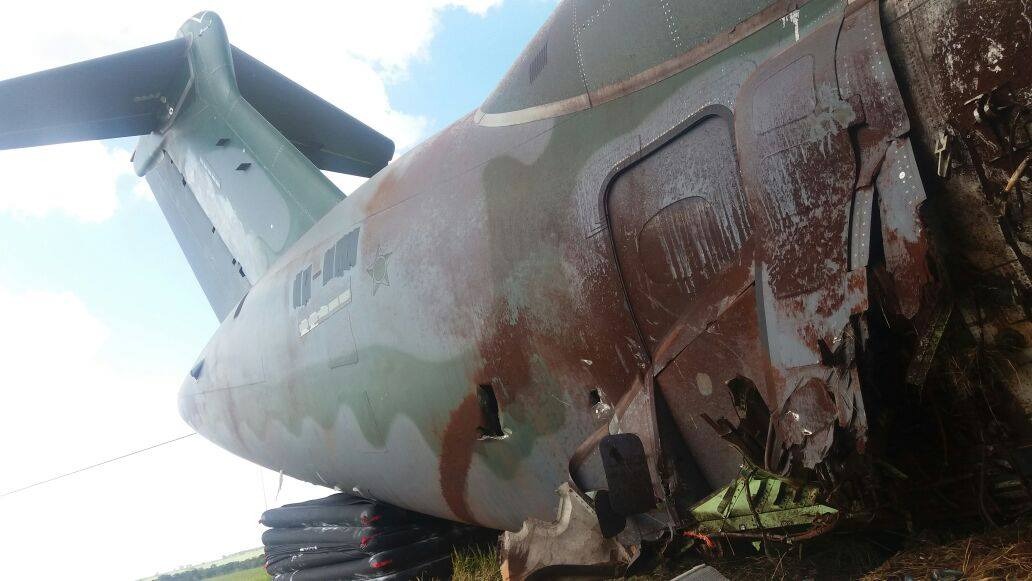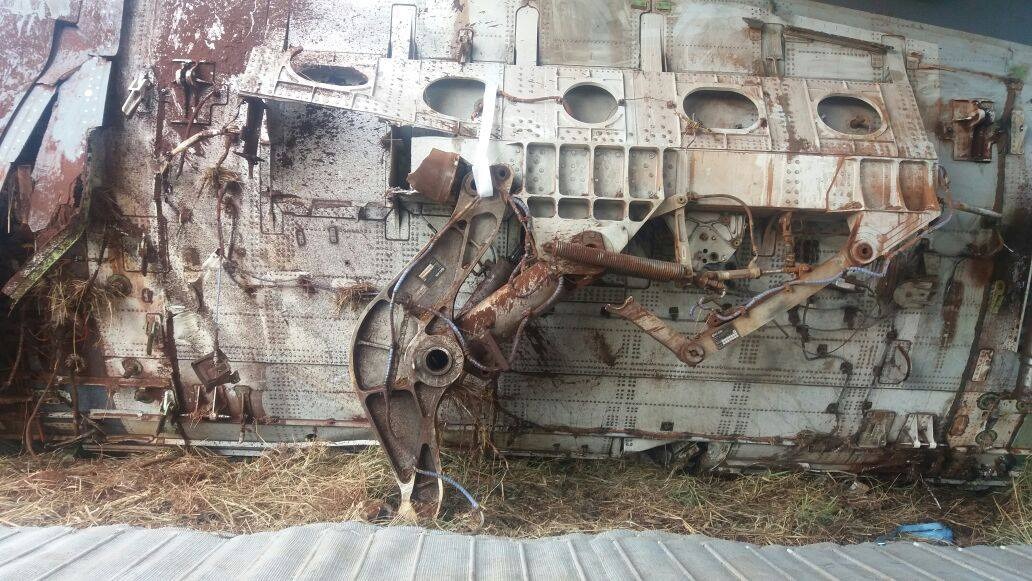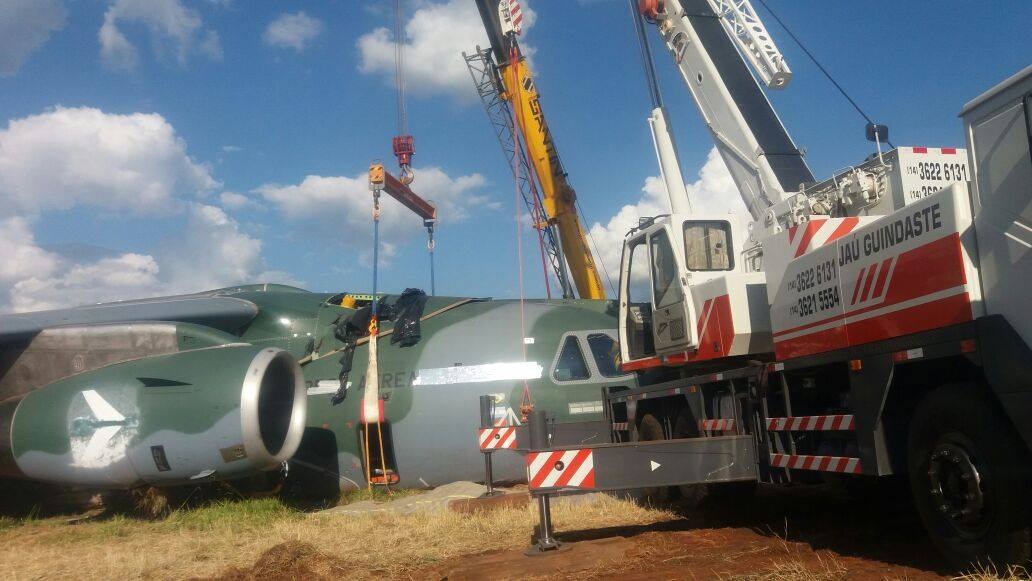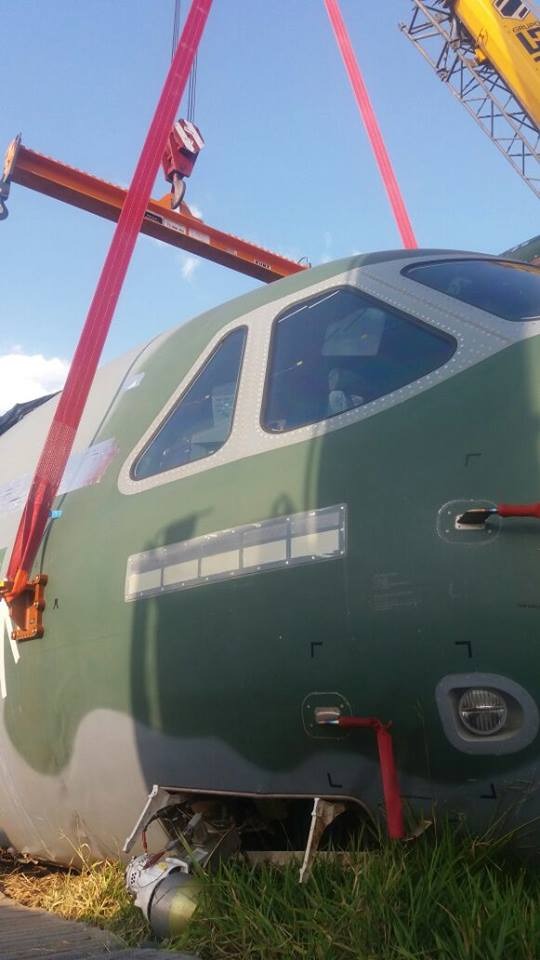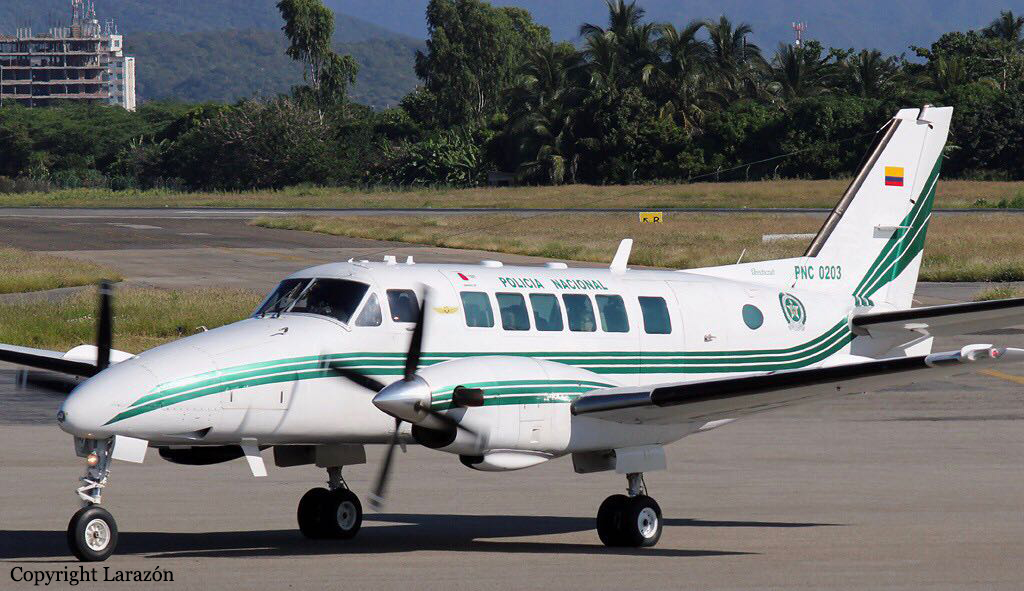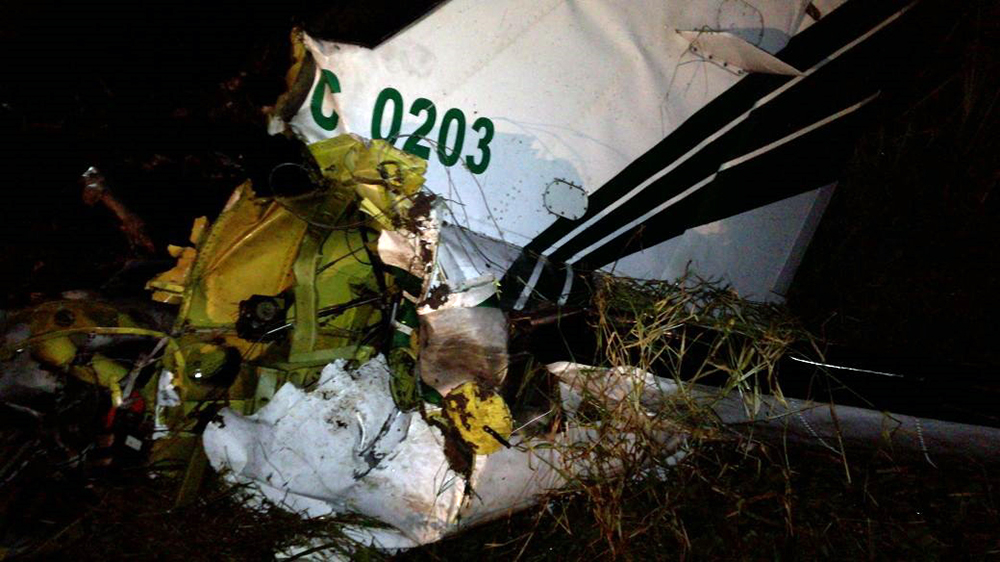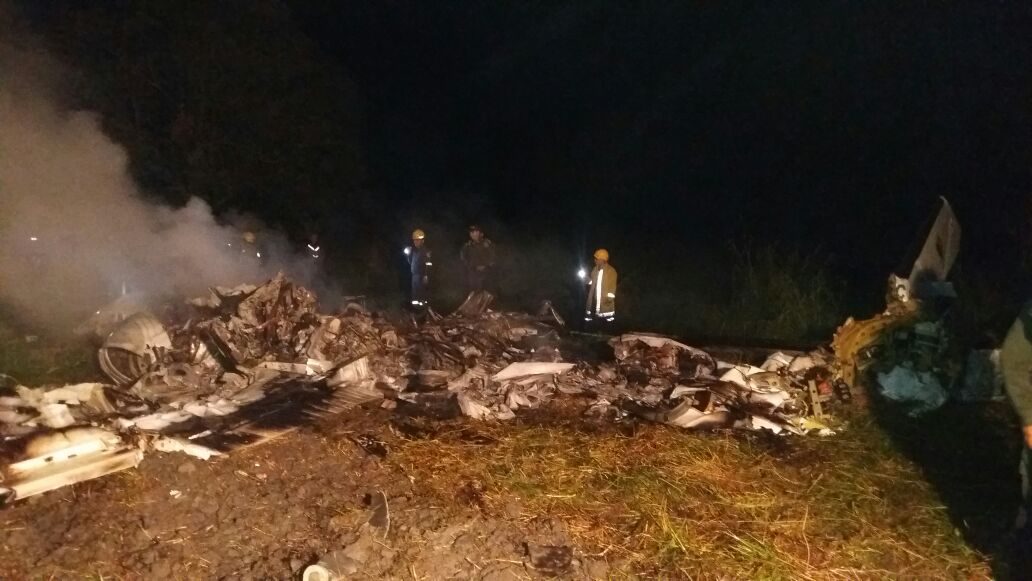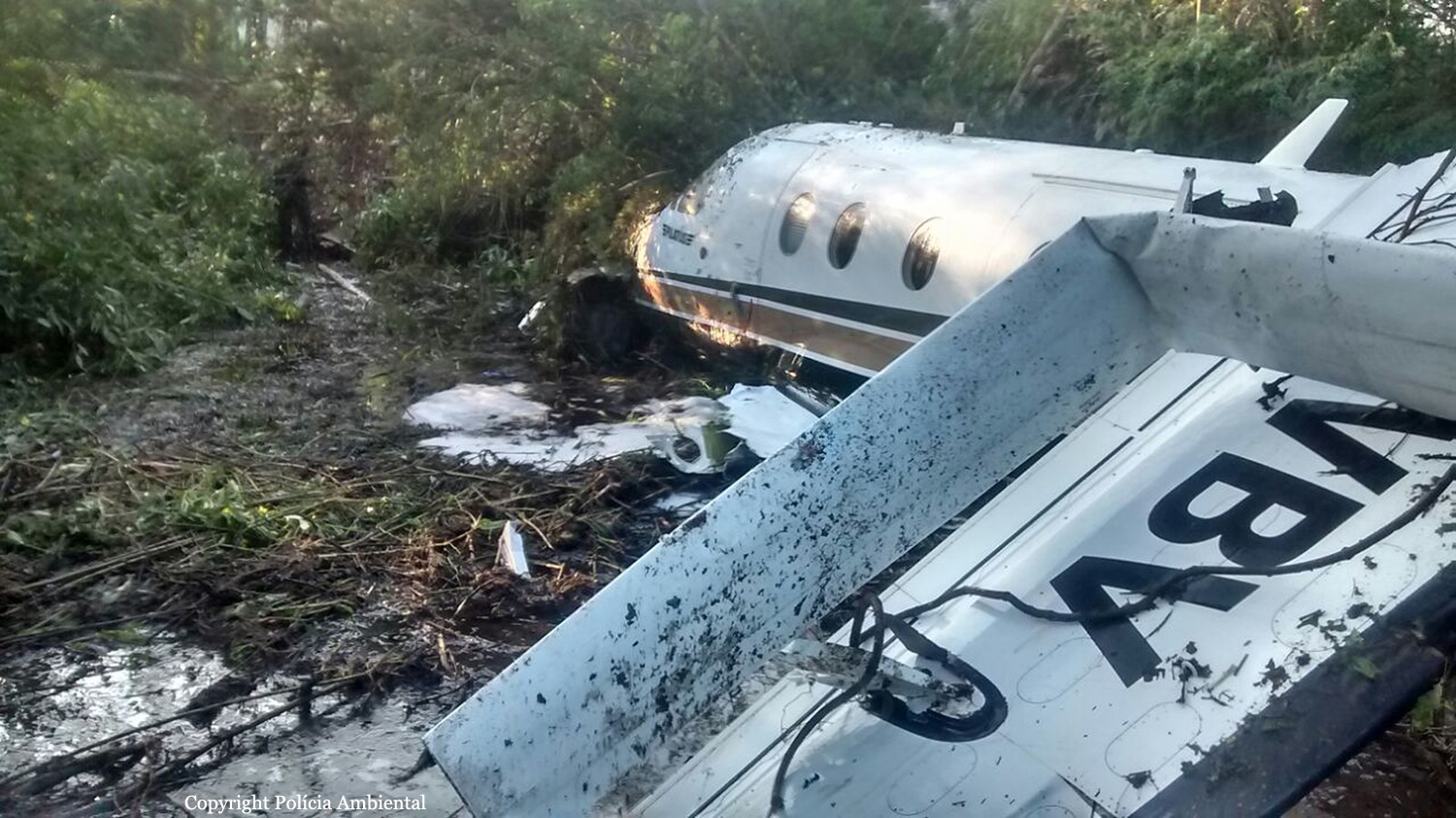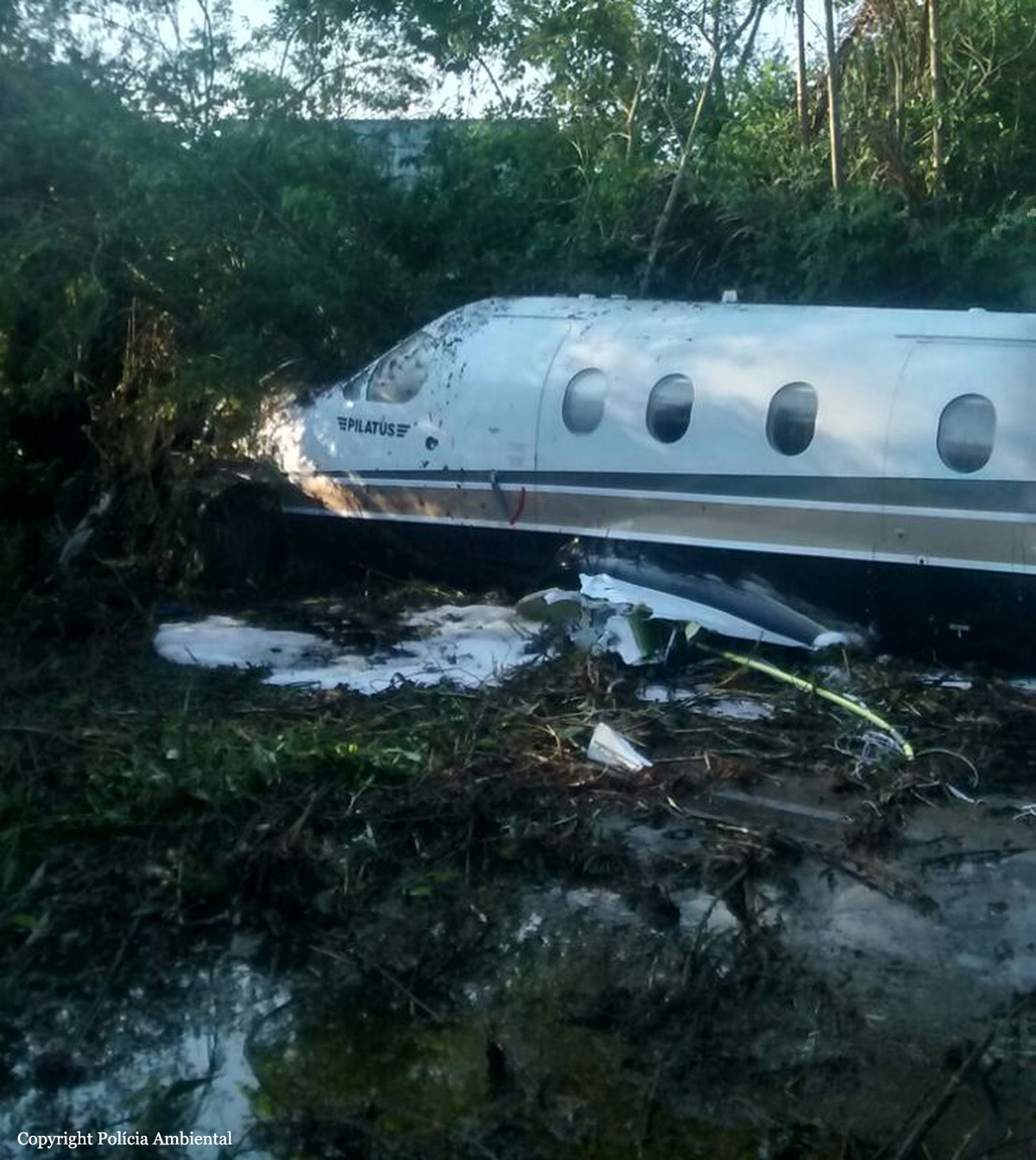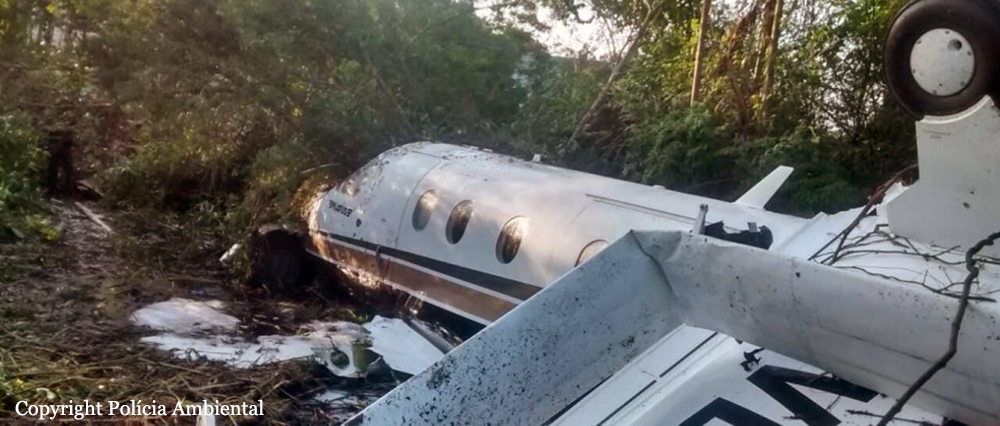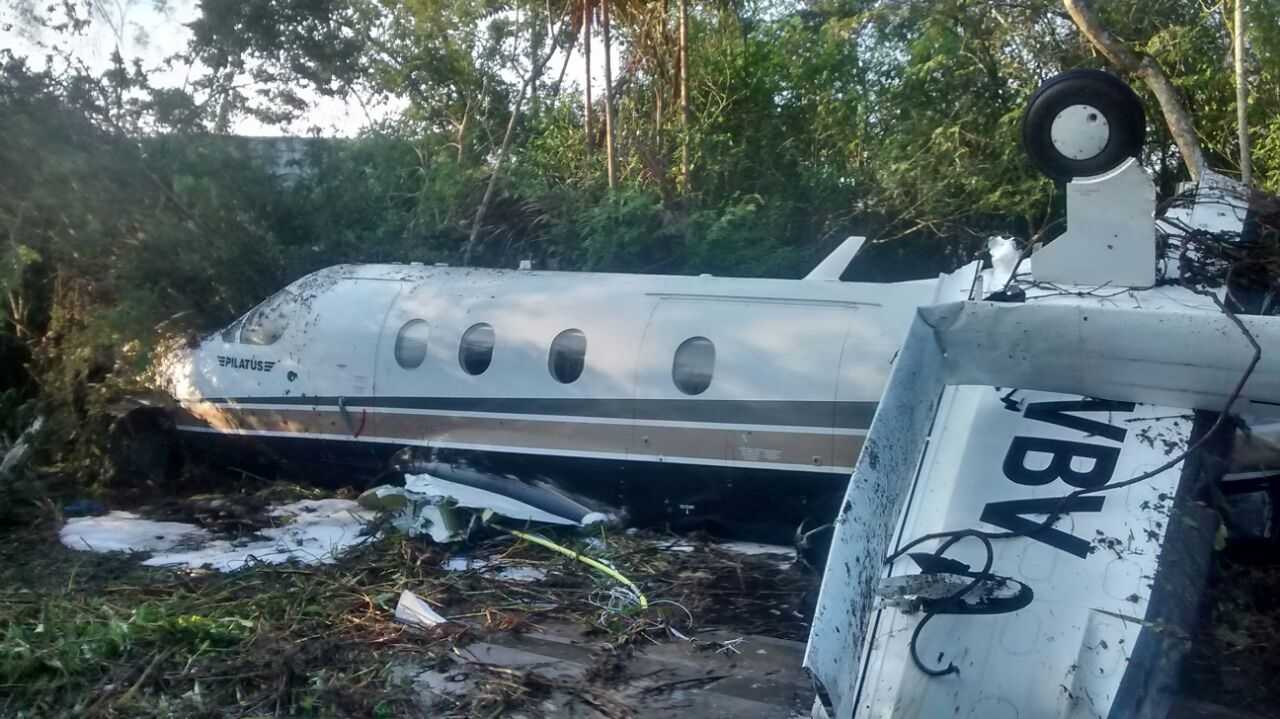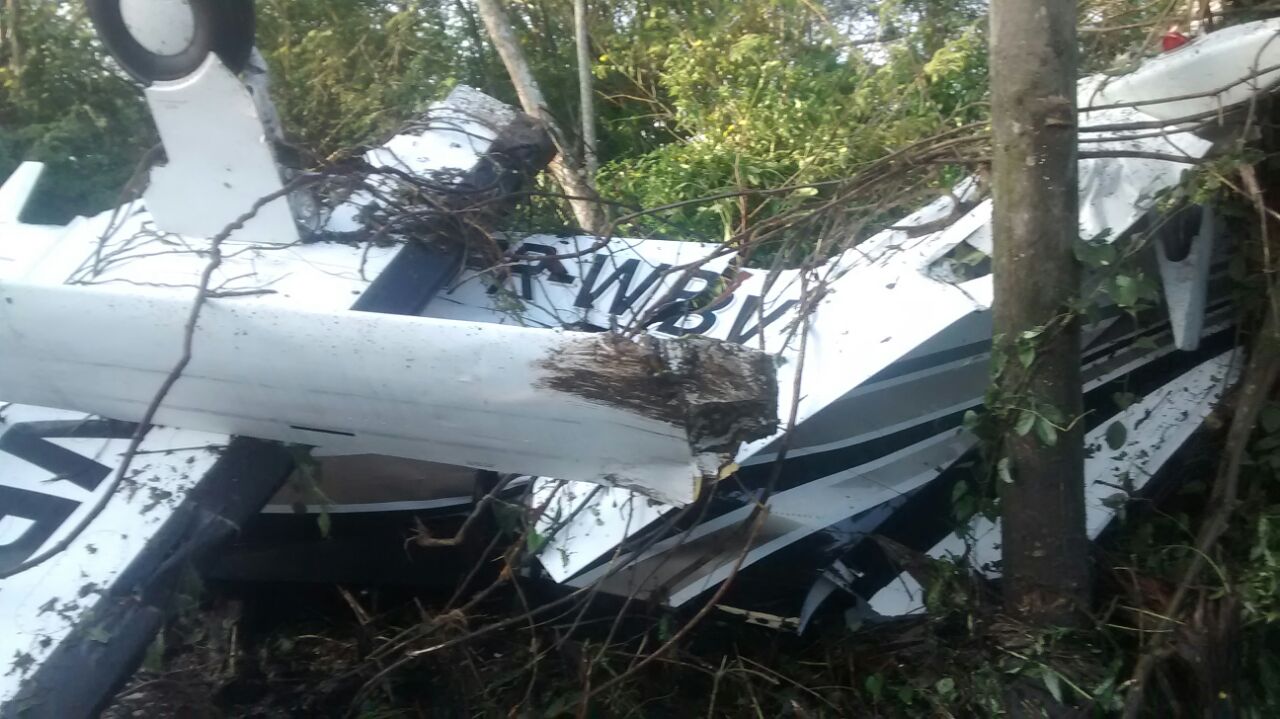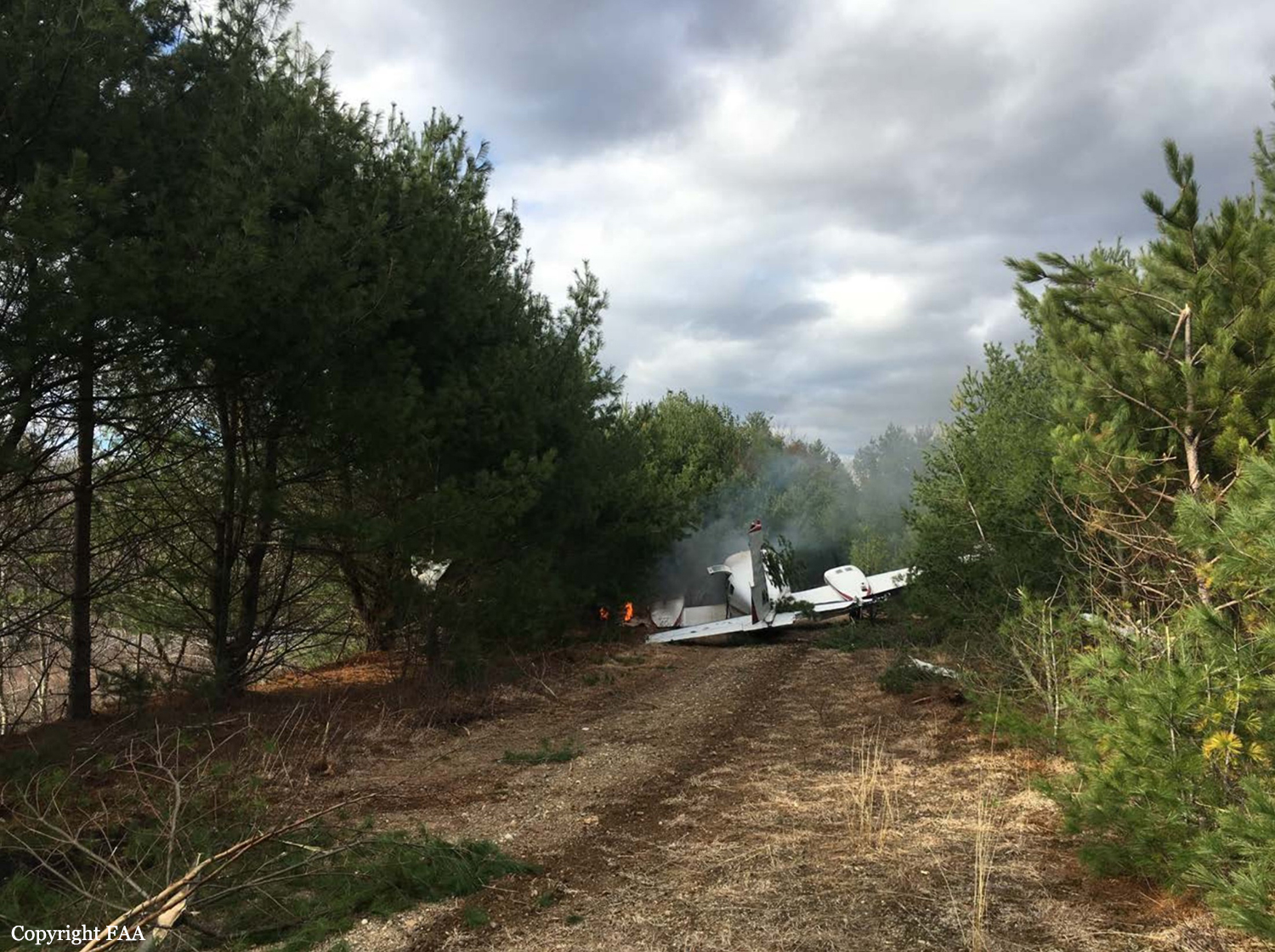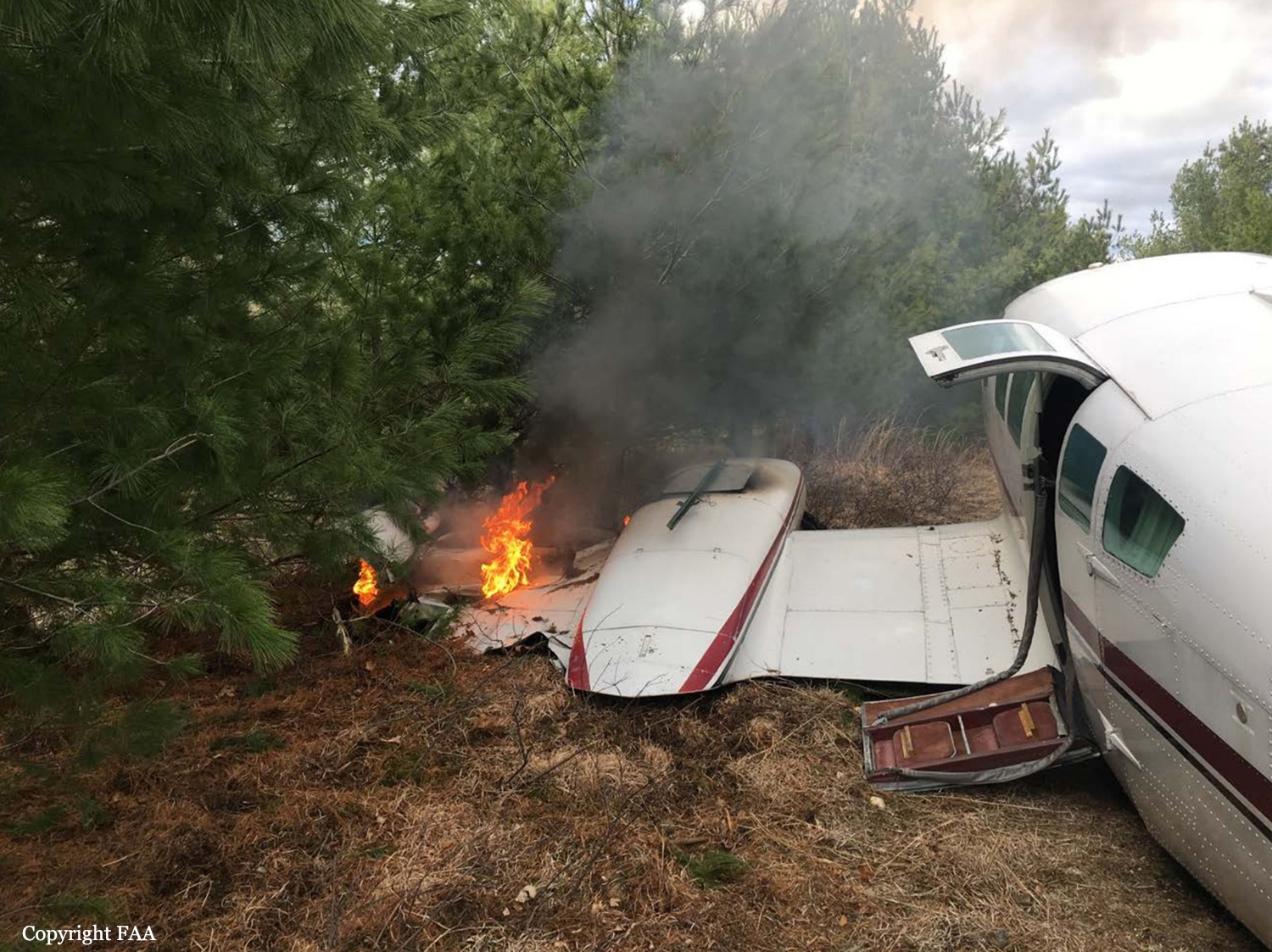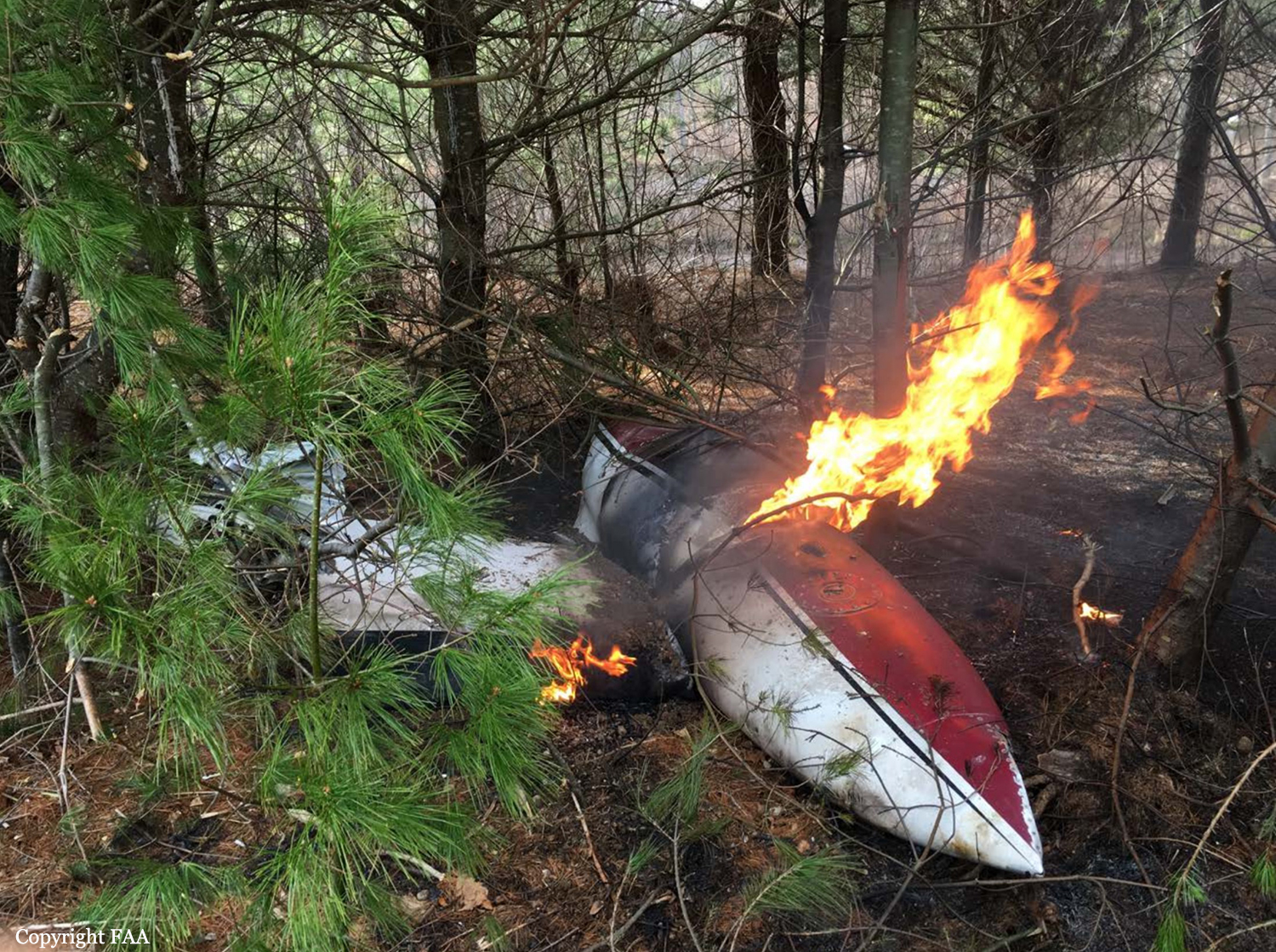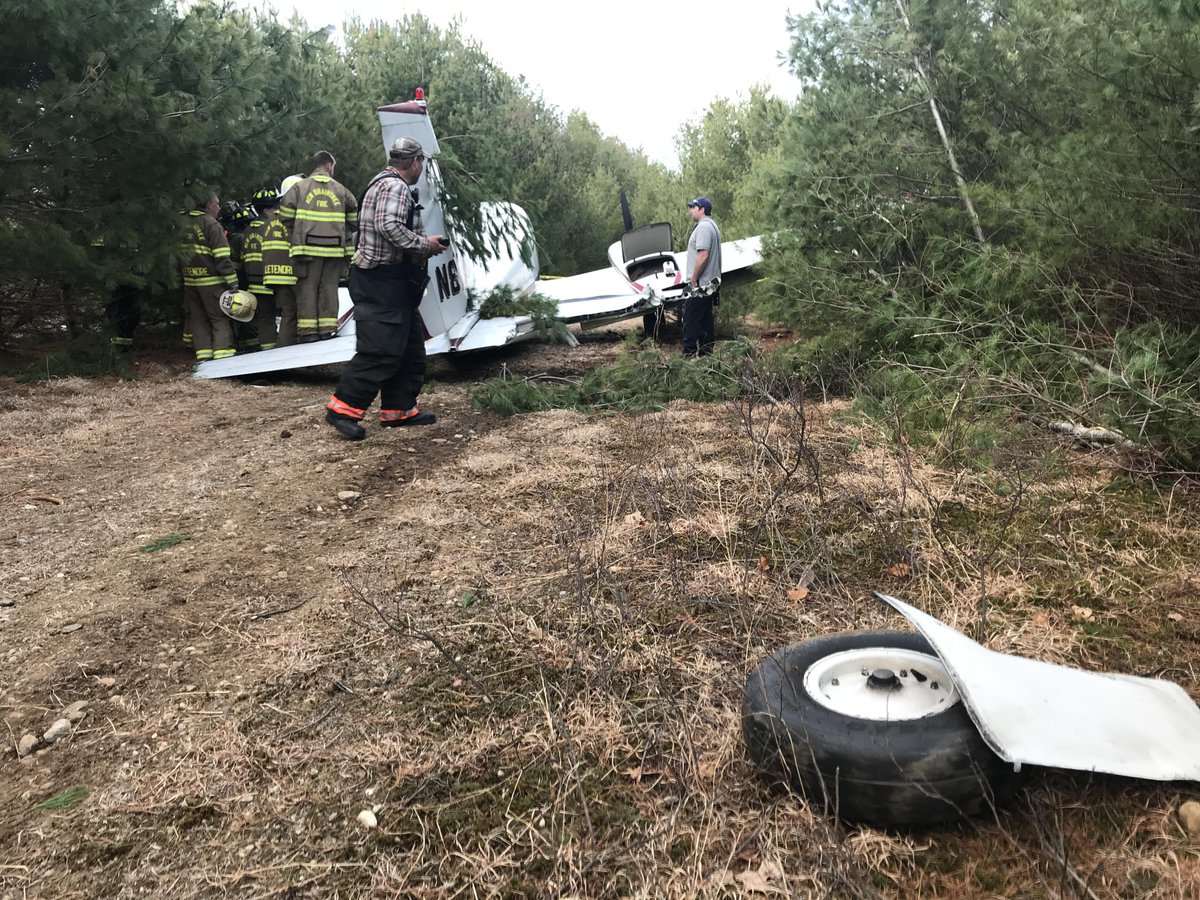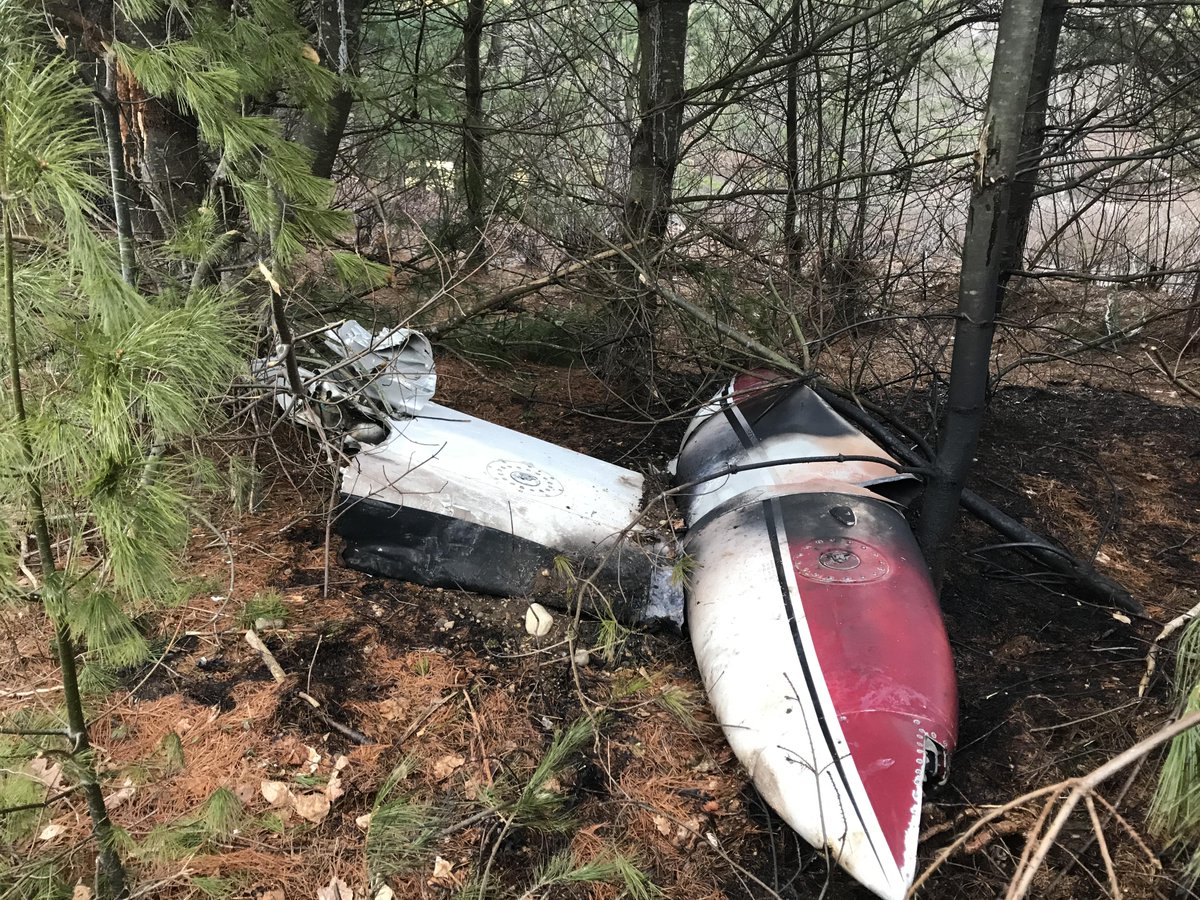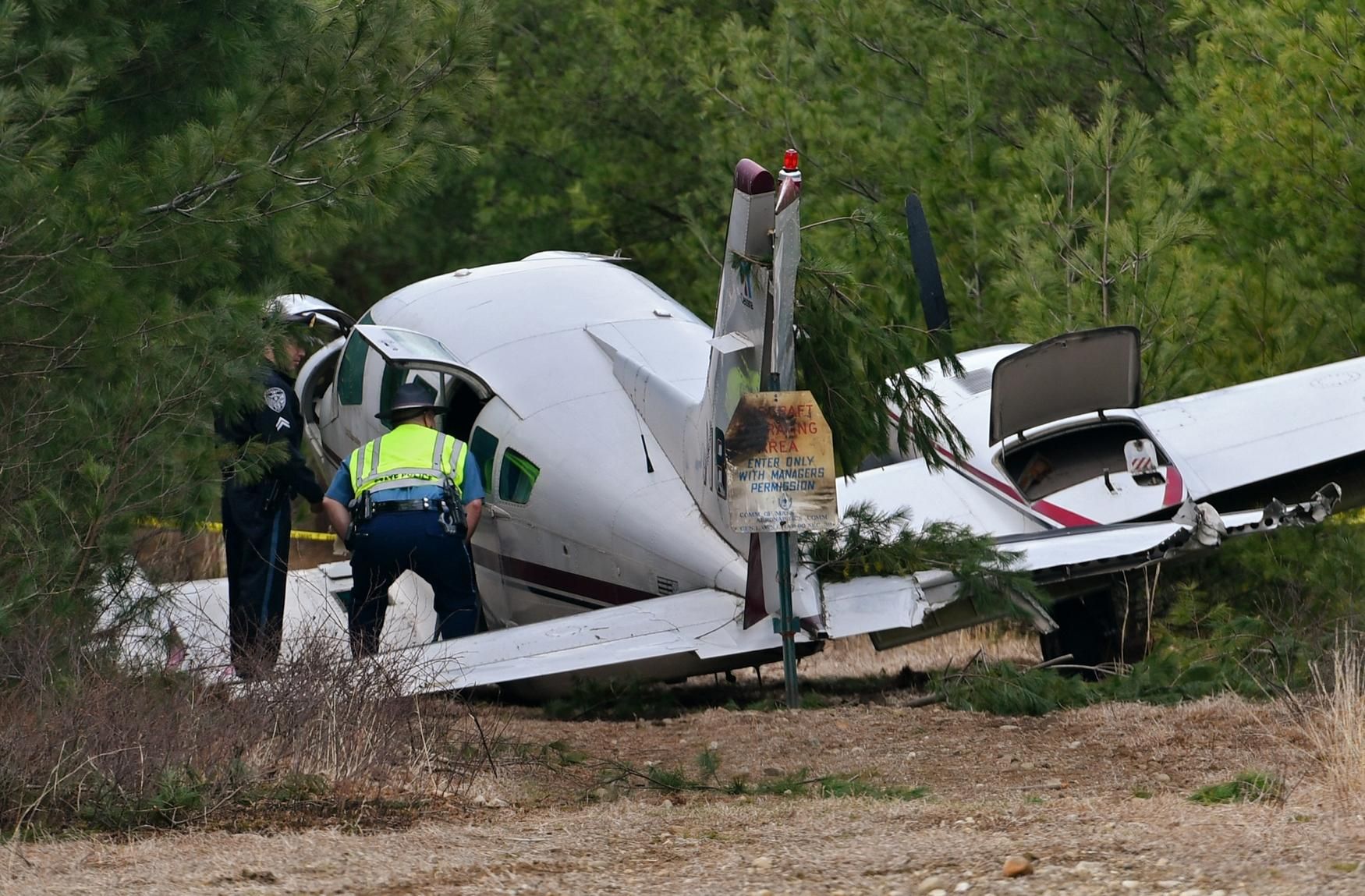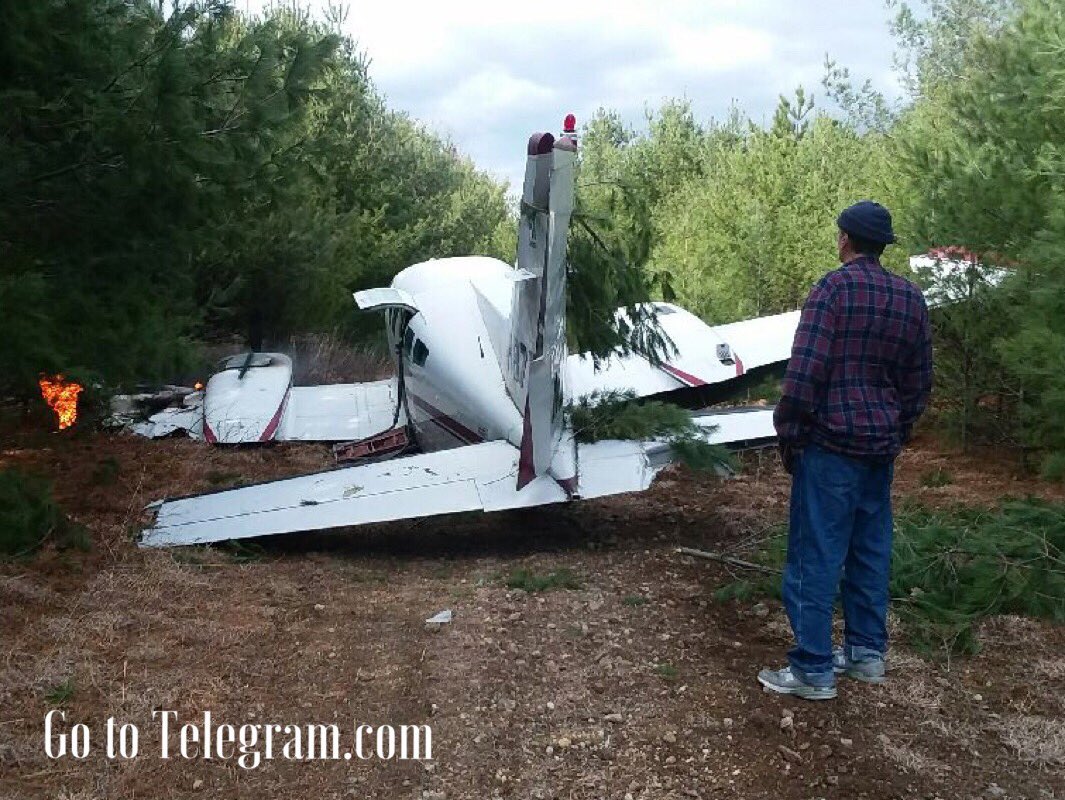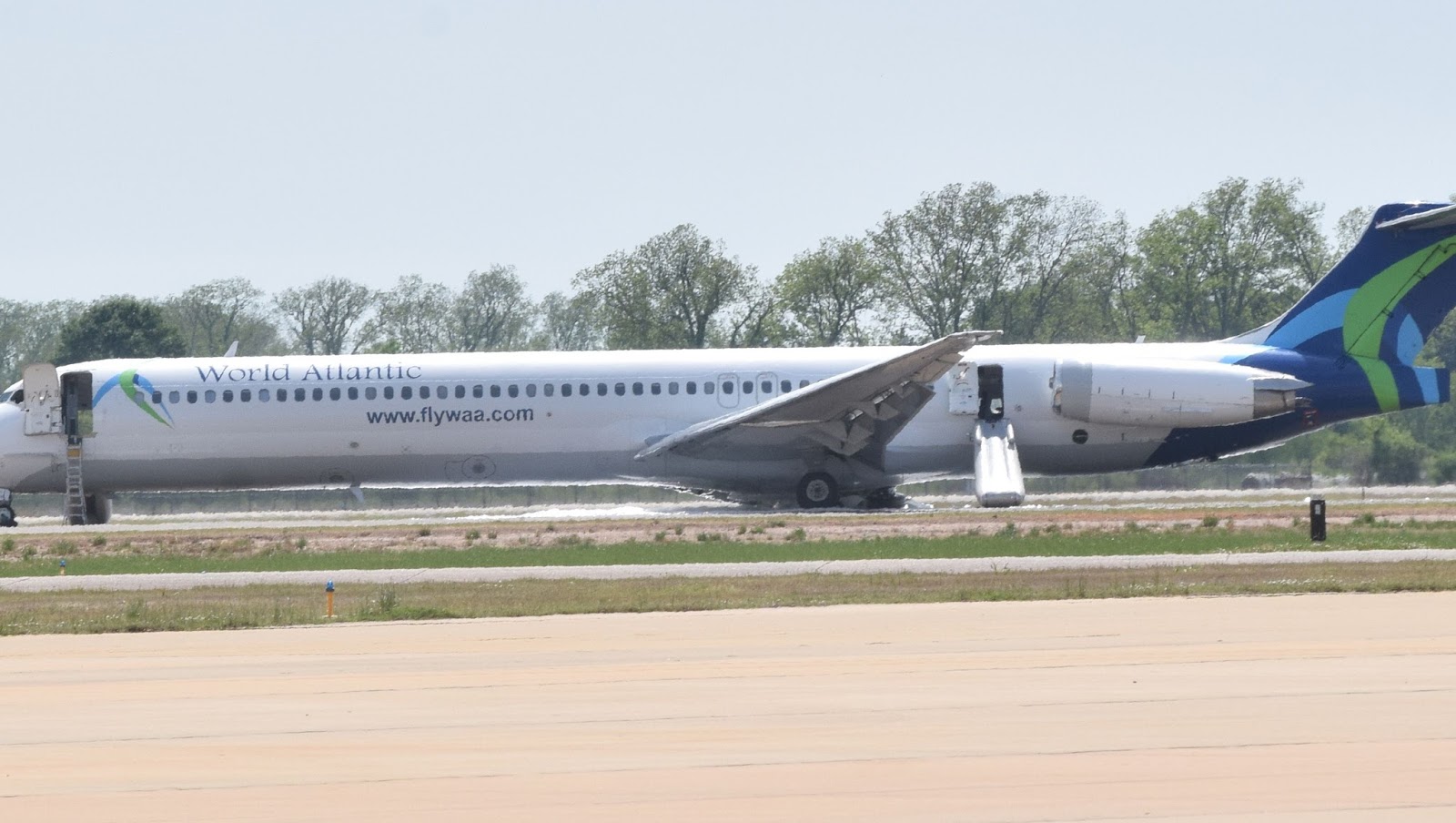Crash of a Cessna 208B Grand Caravan in Manaus
Date & Time:
May 22, 2018 at 0950 LT
Registration:
PT-FLW
Survivors:
Yes
Schedule:
Manaus - Manaus
MSN:
208B-0451
YOM:
1995
Crew on board:
1
Crew fatalities:
Pax on board:
0
Pax fatalities:
Other fatalities:
Total fatalities:
0
Captain / Total hours on type:
4637.00
Aircraft flight hours:
8776
Circumstances:
The pilot departed Manaus-Eduardo Gomes International Airport at 0940LT on a short positionning flight to Manaus-Aeroclub de Flores. On final approach to runway 11, the engine lost power and suffered power variations. The pilot attempted an emergency landing when the aircraft crashed 350 metres short of runway, bursting into flames. The pilot escaped with minor injuries and the aircraft was destroyed by a post crash fire.
Probable cause:
Contributing factors:
- Control skills - undetermined
The damage observed in the hot engine section components indicated the occurrence of an extrapolation of the ITT limits, which may have caused the melt observed in the blades of the compressor turbine. Thus, in view of the expected reactions of the engine during the use of the EPL, it is possible that there has been an inappropriate use of this resource and, consequently, an extrapolation of the engine limits, especially in relation to the temperature.
- Training - undetermined
The investigation of this accident identified issues related to the operation of the aircraft that could be related to the quality and/or frequency of emergency training with engine failure.
- Piloting judgment - undetermined
It is possible that the loss of lift produced by the flap retraction resulted in a sinking that prevented the plane from reaching the SWFN runway with the residual power that the engine still provided. In this case, an inadequate assessment of the effects of such action on the aircraft performance under those conditions would be characterized.
- Memory - undetermined
It is possible that the decisions made were the result of the pilot's difficulty in properly recalling the correct procedures for those circumstances, since these were actions to be memorized (memory items).
- Control skills - undetermined
The damage observed in the hot engine section components indicated the occurrence of an extrapolation of the ITT limits, which may have caused the melt observed in the blades of the compressor turbine. Thus, in view of the expected reactions of the engine during the use of the EPL, it is possible that there has been an inappropriate use of this resource and, consequently, an extrapolation of the engine limits, especially in relation to the temperature.
- Training - undetermined
The investigation of this accident identified issues related to the operation of the aircraft that could be related to the quality and/or frequency of emergency training with engine failure.
- Piloting judgment - undetermined
It is possible that the loss of lift produced by the flap retraction resulted in a sinking that prevented the plane from reaching the SWFN runway with the residual power that the engine still provided. In this case, an inadequate assessment of the effects of such action on the aircraft performance under those conditions would be characterized.
- Memory - undetermined
It is possible that the decisions made were the result of the pilot's difficulty in properly recalling the correct procedures for those circumstances, since these were actions to be memorized (memory items).
Final Report:
